
Machu Picchu Pueblo: Gateway to the Ancient Inca World
Explore Machu Picchu Pueblo, the charming gateway to Peru's iconic ancient ruins, rich with culture, natural beauty, and modern amenities.
Nestled in the lush valleys of the Peruvian Andes, Machu Picchu Pueblo, also known as Aguas Calientes, serves as the main gateway to the iconic Machu Picchu ruins. This charming town is a blend of natural beauty, rich culture, and modern conveniences, making it an ideal base for exploring the region's ancient wonders. Start your journey by strolling through the vibrant local markets, where you can find everything from traditional Peruvian crafts to fresh produce. The town's lively atmosphere, with its colorful stalls and friendly vendors, offers a glimpse into the daily life of the local people. Don't miss the opportunity to sample some of the delicious local cuisine, which includes dishes like ceviche and lomo saltado. For nature enthusiasts, the surrounding area offers numerous hiking trails that lead to breathtaking viewpoints and hidden waterfalls. The nearby Machu Picchu Sanctuary is home to a diverse range of flora and fauna, making it a paradise for bird watchers and wildlife photographers. After a day of exploration, relax in the town's natural hot springs, a perfect way to unwind while enjoying the serene mountain views. Machu Picchu Pueblo is also a cultural hub, with several museums and cultural centers that provide insight into the history and heritage of the Inca civilization. The town's friendly locals are always eager to share their knowledge and stories, adding a personal touch to your visit. Whether you're here for adventure, relaxation, or cultural immersion, Machu Picchu Pueblo offers a unique and unforgettable experience.
Local tips in Machu Picchu Pueblo
- Book your train tickets to Machu Picchu in advance, especially during peak tourist seasons.
- Carry cash, as many local vendors and smaller establishments may not accept credit cards.
- Visit the thermal baths early in the morning or late in the evening to avoid crowds.
- Wear comfortable walking shoes, as the terrain can be uneven and many attractions involve hiking.
- Stay hydrated and acclimatize to the altitude before embarking on strenuous activities.
Machu Picchu Pueblo: Gateway to the Ancient Inca World
Nestled in the lush valleys of the Peruvian Andes, Machu Picchu Pueblo, also known as Aguas Calientes, serves as the main gateway to the iconic Machu Picchu ruins. This charming town is a blend of natural beauty, rich culture, and modern conveniences, making it an ideal base for exploring the region's ancient wonders. Start your journey by strolling through the vibrant local markets, where you can find everything from traditional Peruvian crafts to fresh produce. The town's lively atmosphere, with its colorful stalls and friendly vendors, offers a glimpse into the daily life of the local people. Don't miss the opportunity to sample some of the delicious local cuisine, which includes dishes like ceviche and lomo saltado. For nature enthusiasts, the surrounding area offers numerous hiking trails that lead to breathtaking viewpoints and hidden waterfalls. The nearby Machu Picchu Sanctuary is home to a diverse range of flora and fauna, making it a paradise for bird watchers and wildlife photographers. After a day of exploration, relax in the town's natural hot springs, a perfect way to unwind while enjoying the serene mountain views. Machu Picchu Pueblo is also a cultural hub, with several museums and cultural centers that provide insight into the history and heritage of the Inca civilization. The town's friendly locals are always eager to share their knowledge and stories, adding a personal touch to your visit. Whether you're here for adventure, relaxation, or cultural immersion, Machu Picchu Pueblo offers a unique and unforgettable experience.
Iconic landmarks you can’t miss
Historic Sanctuary of Machu Picchu
Explore the breathtaking ruins of Machu Picchu, an ancient Inca citadel nestled in the Andes, and immerse yourself in its rich history and stunning landscapes.
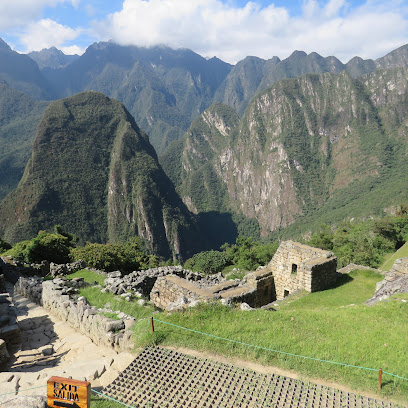
Manco Capac Square
Experience the beauty and culture of Manco Capac Square, a vibrant park in Aguas Calientes, the gateway to Machu Picchu.
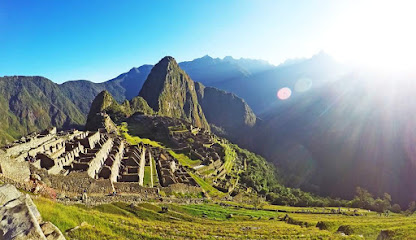
Plaza Pueblo Machu Picchu
Experience the vibrant culture and stunning beauty of Plaza Pueblo Machu Picchu, the heart of Aguas Calientes and gateway to the Inca wonders.

Temple of the Moon at Machu Picchu
Discover the mystical Temple of the Moon at Machu Picchu, a serene archaeological site steeped in Incan history and breathtaking natural beauty.
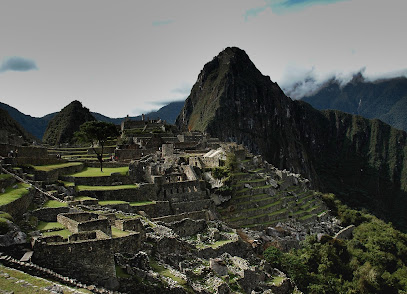
Machu Picchu Peak
Discover the breathtaking beauty of Machu Picchu Peak, a nature preserve showcasing stunning views and rich Inca history.
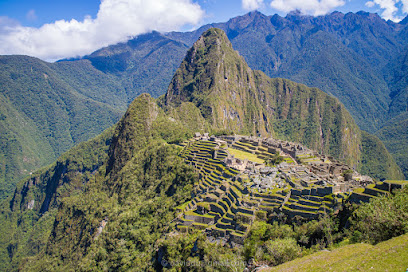
Camino peatonal a Machu Picchu
Discover the breathtaking Camino Peatonal to Machu Picchu, a scenic hiking trail surrounded by stunning Andean landscapes and rich history.

Estatua Machu Picchu Pueblo
Discover the Statue of Machu Picchu Pueblo, a stunning tribute to Inca heritage surrounded by breathtaking Andean scenery.
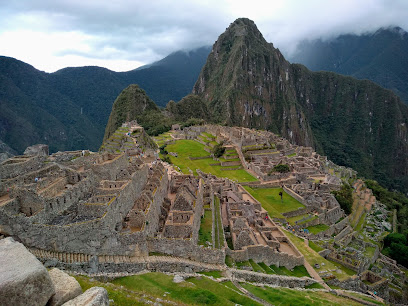
Machu Picchu pueblo (Inca sculpture)
Experience the captivating Inca sculpture in Machu Picchu Pueblo, a symbol of Peru's rich history and artistry, surrounded by stunning natural beauty.
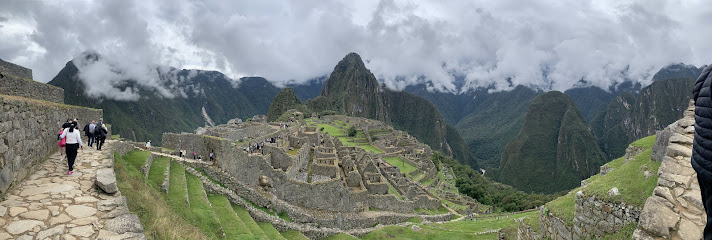
The main Plaza
Explore the vibrant atmosphere of the Main Plaza in the Sacred Valley, a cultural hub where history meets breathtaking landscapes and local traditions thrive.
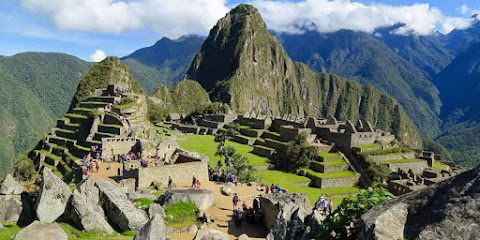
CAMINO A MACHU PICCHU
Discover the breathtaking Camino a Machu Picchu, a historic trail leading to the ancient Inca citadel, surrounded by stunning landscapes and rich cultural heritage.
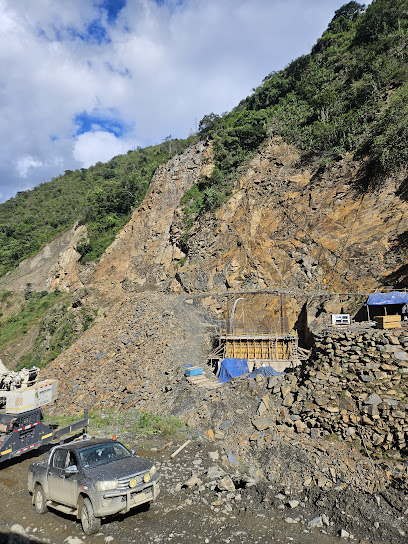
Unmissable attractions to see
Plaza Pueblo Machu Picchu
Experience the vibrant culture and stunning scenery at Plaza Pueblo Machu Picchu, the heart of Aguas Calientes before your Machu Picchu journey.
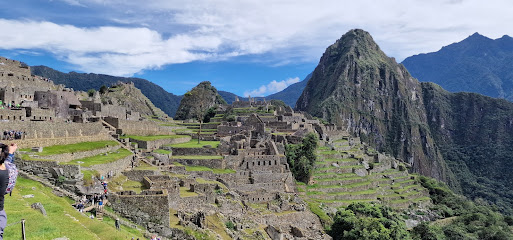
Machu Picchu Peak
Experience the breathtaking views and rich history at Machu Picchu Peak, an iconic natural preserve in the heart of the Andes.
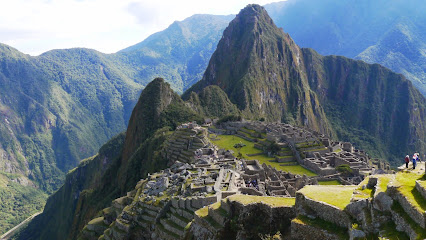
Huchuy Picchu
Explore the enchanting Huchuy Picchu, a serene archaeological site in Peru that unveils the secrets of Inca civilization amidst breathtaking Andean landscapes.

Essential places to dine
Chullos Restaurant & Craft Beer
Discover authentic Peruvian flavors at Chullos Restaurant & Craft Beer in Aguas Calientes, where every dish tells a story.
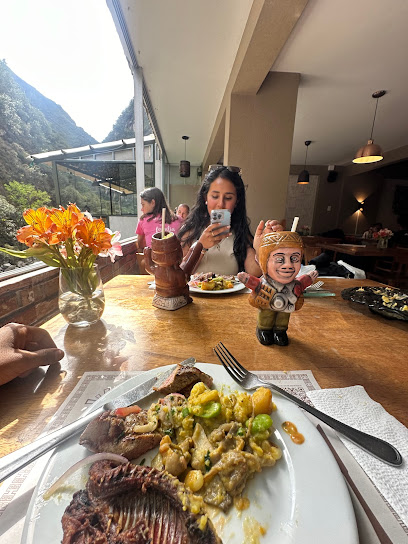
Full House Peruvian cuisine &craft beer
Experience authentic Peruvian flavors at Full House in Aguas Calientes—where culinary tradition meets modern craft beer.
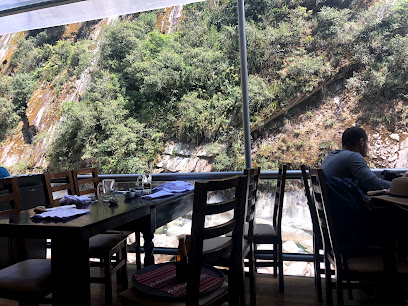
Restaurant Bistro Bar Indio Feliz
Experience authentic Peruvian cuisine at Bistro Bar Indio Feliz in Aguas Calientes – a must-visit for every traveler exploring Machu Picchu.
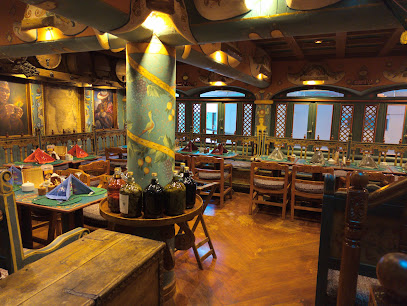
Ponchos Machupicchu Restaurant
Experience authentic Peruvian cuisine amidst breathtaking views at Ponchos Machupicchu Restaurant in Aguas Calientes.
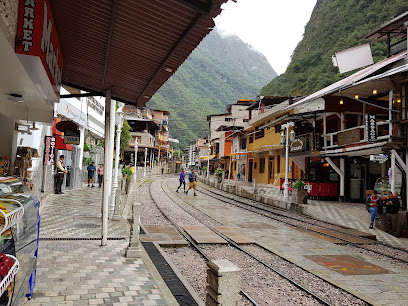
Chef House Restaurant - Machu Picchu
Experience authentic Peruvian flavors amidst breathtaking views at Chef House Restaurant near Machu Picchu.
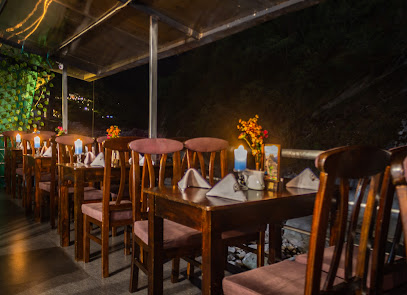
Apu Inti Restaurante
Experience authentic Peruvian cuisine with stunning views at Apu Inti Restaurante in Aguas Calientes.
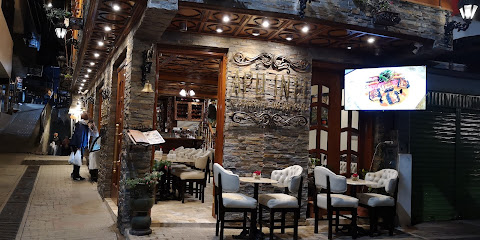
Green House
Discover sustainable dining at Green House in Machu Picchu—where organic flavors meet breathtaking views.
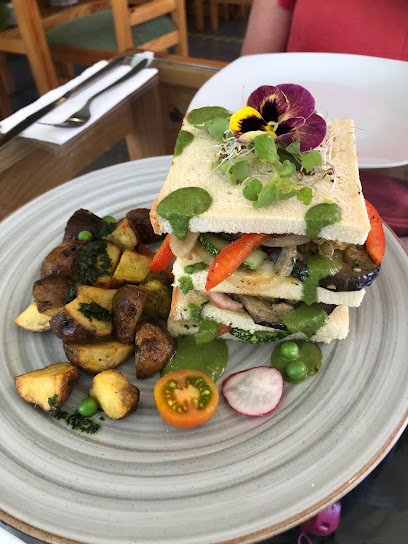
Restaurante AYASQA - Comida tradicional
Experience authentic Peruvian cuisine at Restaurante AYASQA in Aguas Calientes - a culinary haven near Machu Picchu.
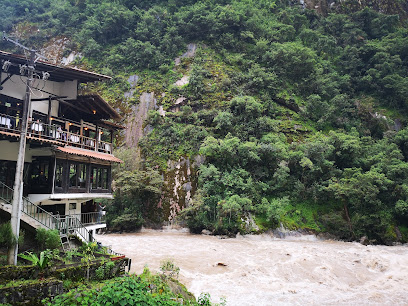
Munaycha Restaurant
Experience authentic Peruvian cuisine at Munaycha Restaurant in Aguas Calientes - a must-visit culinary destination for travelers.
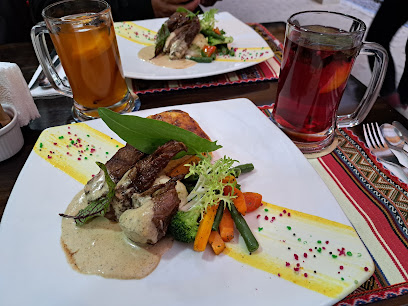
Machu Pisco Bar & Restaurant
Experience authentic Peruvian cuisine at Machu Pisco Bar & Restaurant in Aguas Calientes - your gateway to culinary delights and stunning views.
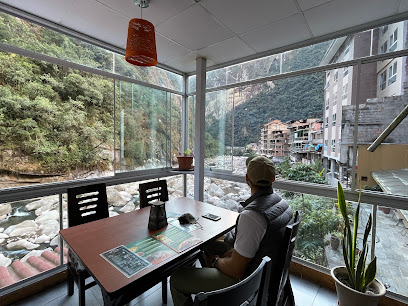
Markets, malls and hidden boutiques
Mapi Art
Discover the vibrant spirit of Peru at Mapi Art, Aguas Calientes' premier destination for authentic clothing and jewelry.
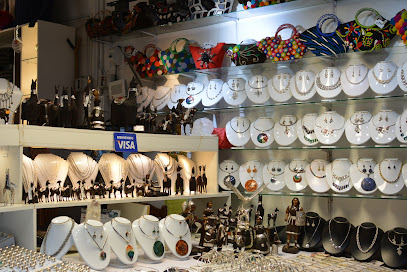
Arte Rumi Wasi
Explore Arte Rumi Wasi, the jewel of Aguas Calientes, where every piece of jewelry reflects Peru's rich heritage and artistry.
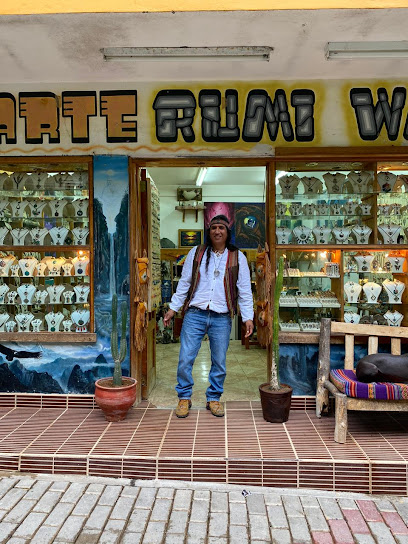
Gift Shop
Explore unique clothing and souvenirs at this charming gift shop in Urubamba, capturing the essence of Peruvian culture.
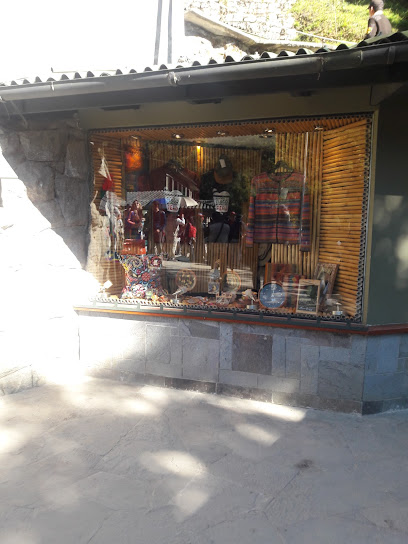
D'todito
Discover local treasures and authentic Peruvian products at D'todito, your charming general store near the Historic Sanctuary of Machu Picchu.
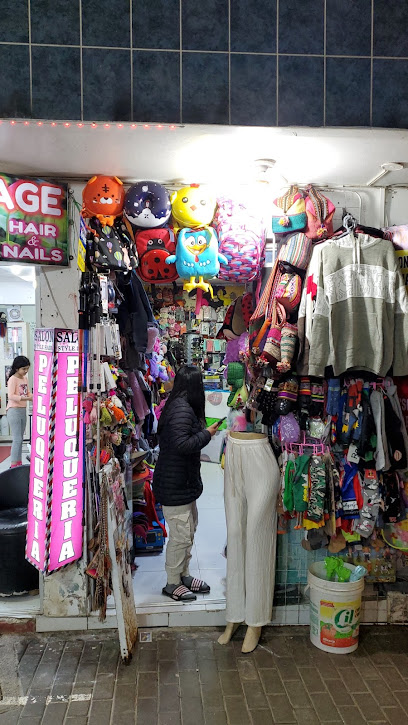
Quenacho sax
Explore Quenacho Sax in Aguas Calientes, the perfect gift shop for unique Peruvian crafts and souvenirs that embody local culture and artistry.
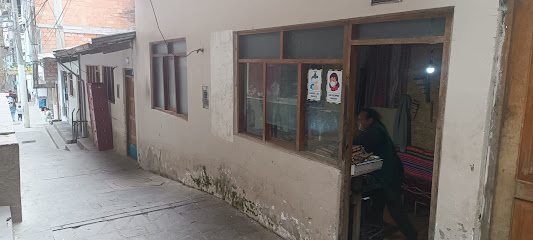
The best silver acce shop
Explore Aguas Calientes' best silver accessory shop for exquisite, handcrafted jewelry reflecting Peru's rich cultural heritage.
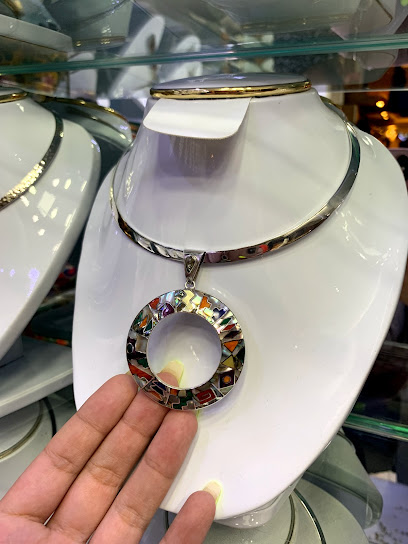
Artesanias Maki
Discover the heart of Peru at Artesanias Maki, a clothing store offering exquisite handmade garments and unique souvenirs in Aguas Calientes.
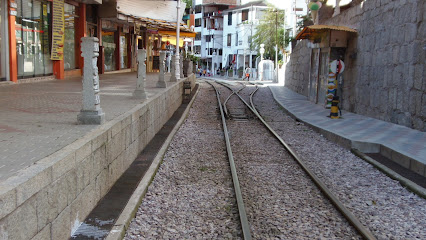
PAYPAK
Explore PAYPAK, your go-to fashion accessories store in Aguas Calientes, for unique Peruvian crafts and stylish souvenirs near Machu Picchu.

Pachamama Treasure
Explore the vibrant world of Peruvian fashion at Pachamama Treasure, your go-to clothing store in Aguas Calientes.
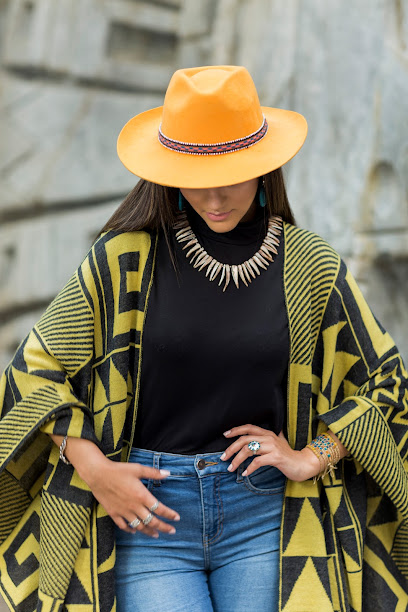
Rapid market
Explore Rapid Market in Aguas Calientes for unique Peruvian crafts, delicious local snacks, and a vibrant shopping experience steeped in culture.

Essential bars & hidden hideouts
Mapacho Craft Beer Restaurant
Discover the rich flavors of Peru at Mapacho Craft Beer Restaurant in Cusco, where authentic cuisine meets local craft beers in a vibrant setting.
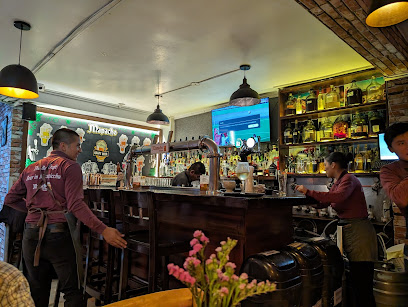
Chullos Restaurant & Craft Beer
Experience the best of Peruvian cuisine and craft beer at Chullos Restaurant in Aguas Calientes, a culinary haven for travelers.
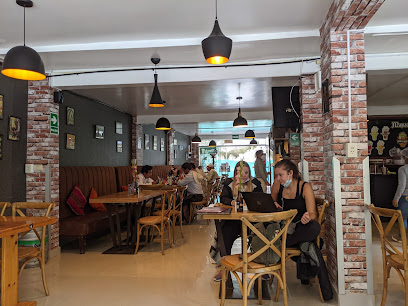
Full House Peruvian cuisine &craft beer
Experience the authentic taste of Peru at Full House, where traditional cuisine meets craft beer in a cozy Aguas Calientes atmosphere.
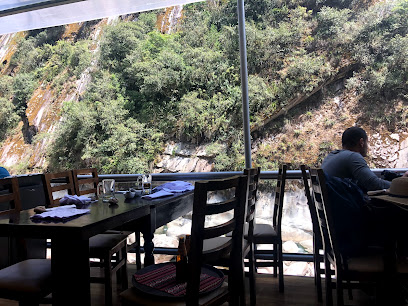
Restaurant Bistro Bar Indio Feliz
Experience the flavors of Peru at Bistro Bar Indio Feliz, a culinary oasis in Aguas Calientes, where tradition meets creativity.
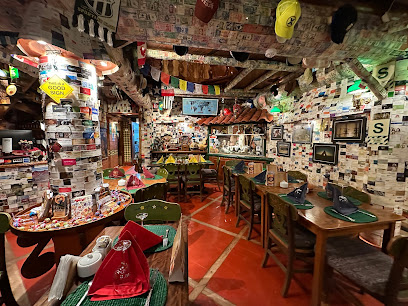
Ponchos Machupicchu Restaurant
Experience the flavors of Peru at Ponchos Machupicchu Restaurant, where exquisite cuisine meets breathtaking views in Aguas Calientes.
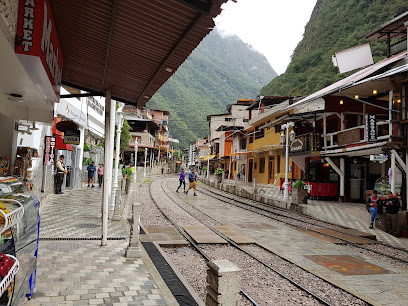
Apu Inti Restaurante
Experience the rich flavors of Peru at Apu Inti Restaurante, a charming eatery in Aguas Calientes, perfect for travelers exploring Machu Picchu.
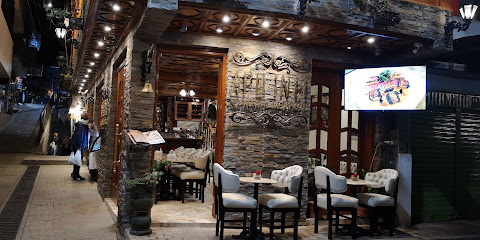
Machu Pisco Bar & Restaurant
Explore the rich flavors of Peruvian cuisine at Machu Pisco Bar & Restaurant, a culinary haven in Aguas Calientes, near Machu Picchu.
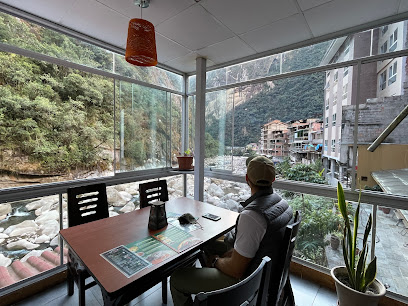
Restaurante Tupana Wasi
Experience the authentic flavors of Peru at Restaurante Tupana Wasi in Aguas Calientes, a must-visit dining destination for every traveler.

Inka Happiness Cultural Bar
Discover the vibrant flavors and cultural spirit of Peru at Inka Happiness Cultural Bar in Aguas Calientes, the gateway to Machu Picchu.
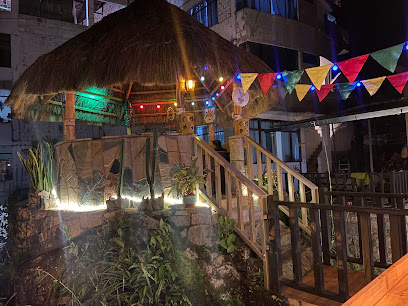
Tampu Restaurant at Sanctuary Lodge
Experience the taste of Peru at Tampu Restaurant, where exquisite cuisine meets breathtaking views at the Sanctuary Lodge near Machu Picchu.
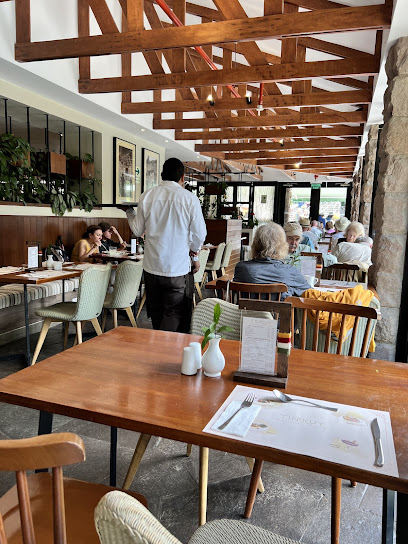
Local Phrases
-
- Hello¡Hola!
[O-la] - Goodbye¡Adios!
[Ah-dee-oss] - Yes¡Sí!
[See] - No¡No!
[Noh] - Please/You're welcome¡Por favor/De nada!
[Por fa-vor/Deh nah-dah] - Thank you¡Gracias!
[Gra-see-as] - Excuse me/Sorry¡Perdón!
[Per-don] - How are you?¿Cómo estás?
[Koh-moh es-tahs] - Fine. And you?Bien. ¿Y tú?
[Byen. Ee too] - Do you speak English?¿Hablas inglés?
[Ah-blas in-glays] - I don't understandNo entiendo
[Noh en-tyen-doh]
- Hello¡Hola!
-
- I'd like to see the menu, pleaseQuisiera ver el menú, por favor
[Kee-see-eh-rah ver el meh-noo, por fa-vor] - I don't eat meatNo como carne
[Noh koh-moh kar-neh] - Cheers!¡Salud!
[Sah-lood] - I would like to pay, pleaseMe gustaría pagar, por favor
[Meh goos-tah-ree-ah pah-gar, por fa-vor]
- I'd like to see the menu, pleaseQuisiera ver el menú, por favor
-
- Help!¡Ayuda!
[Ah-yoo-dah] - Go away!¡Vete!
[Veh-teh] - Call the Police!¡Llama a la policía!
[Yah-mah a lah po-lee-see-ah] - Call a doctor!¡Llama a un médico!
[Yah-mah a oon meh-dee-ko] - I'm lostEstoy perdido/a
[Es-toy per-dee-doh/dah] - I'm illEstoy enfermo/a
[Es-toy en-fehr-moh/mah]
- Help!¡Ayuda!
-
- I'd like to buy...Quisiera comprar...
[Kee-see-eh-rah kohm-prar] - I'm just lookingSolo estoy mirando
[So-lo es-toy mee-ran-doh] - How much is it?¿Cuánto cuesta?
[Kwan-to kwehs-tah] - That's too expensiveEso es demasiado caro
[Eh-so es deh-ma-sya-doh ka-ro] - Can you lower the price?¿Puedes rebajar el precio?
[Pweh-des reh-ba-har el pre-syo]
- I'd like to buy...Quisiera comprar...
-
- What time is it?¿Qué hora es?
[Keh o-ra es] - It's one o'clockEs la una
[Es lah oo-na] - Half past (10)Las diez y media
[Las dyehs ee meh-dee-ah] - MorningMañana
[Mah-nya-na] - AfternoonTarde
[Tar-deh] - EveningNoche
[Noh-cheh] - YesterdayAyer
[A-yer] - TodayHoy
[Oy] - TomorrowMañana
[Mah-nya-na] - 1Uno
[Oo-no] - 2Dos
[Dohs] - 3Tres
[Tres] - 4Cuatro
[Kwah-tro] - 5Cinco
[Seen-koh] - 6Seis
[Sayss] - 7Siete
[Syeh-teh] - 8Ocho
[Oh-cho] - 9Nueve
[Nweh-veh] - 10Diez
[Dyehs]
- What time is it?¿Qué hora es?
-
- Where's a/the...?¿Dónde está el/la...?
[Dohn-deh es-tah el/lah] - What's the address?¿Cuál es la dirección?
[Kwal es lah dee-rek-syon] - Can you show me (on the map)?¿Puedes mostrarme (en el mapa)?
[Pweh-des mohs-trar-meh (en el mah-pa)] - When's the next (bus)?¿Cuándo es el próximo (autobús)?
[Kwan-doh es el proh-ksy-mo (ow-toh-boos)] - A ticket (to ....)Un boleto (a ...)
[Oon bo-leh-to (ah)]
- Where's a/the...?¿Dónde está el/la...?
History of Machu Picchu Pueblo
-
Machu Picchu Pueblo, also known as Aguas Calientes, sits at the base of the Machu Picchu archaeological site, which was built in the 15th century during the height of the Inca Empire. This area served as a crucial access point to the sacred site, with Inca trails leading directly to the citadel of Machu Picchu. The strategic location of Aguas Calientes allowed the Incas to control the flow of goods and people traveling to and from the site.
-
In the early 20th century, Aguas Calientes began to develop as a small settlement primarily serving tourists visiting Machu Picchu. The discovery of the site by American historian Hiram Bingham in 1911 brought international attention, leading to the establishment of more infrastructure in the village. This included the construction of hotels, restaurants, and transportation services to accommodate the influx of visitors drawn by the allure of the Inca ruins.
-
The late 20th century saw a significant increase in tourism to Machu Picchu Pueblo, transforming it into a vibrant hub for travelers. The local community has embraced this tourism boom, showcasing their culture through traditional crafts, cuisine, and festivals. The blending of local Quechua traditions with global influences has created a unique cultural tapestry that defines Aguas Calientes today.
-
As tourism has grown, so too have concerns regarding environmental sustainability and cultural preservation in Machu Picchu Pueblo. Local authorities and organizations have implemented measures to protect the natural landscape and promote responsible tourism. Initiatives include educational programs about the importance of preserving both the archaeological site and the cultural heritage of the indigenous communities that inhabit the area.
-
The COVID-19 pandemic brought unprecedented challenges to Machu Picchu Pueblo, with a drastic decline in tourism impacting the local economy. However, the community has shown resilience, adapting to new circumstances by promoting domestic tourism and enhancing the visitor experience. The ongoing commitment to preserving the historical and cultural significance of Aguas Calientes remains a priority as it looks towards recovery and future growth.
Machu Picchu Pueblo Essentials
-
Machu Picchu Pueblo, also known as Aguas Calientes, is accessible primarily by train from Cusco, Ollantaytambo, or Poroy. The train journey from Cusco takes about 3.5 hours, while from Ollantaytambo, it's approximately 1.5 hours. Buses and taxis are available at the train station in Aguas Calientes for local transport. If arriving from other regions of Peru, consider taking a domestic flight to Cusco followed by a train trip.
-
Machu Picchu Pueblo is small and easily navigable on foot. Local buses run frequently to the Machu Picchu archaeological site, and taxis are available for longer distances or for convenience. Bicycles can be rented for exploring the surrounding areas, though the hilly terrain may be challenging for some riders.
-
Machu Picchu Pueblo is generally safe for tourists, but common sense precautions should be taken. Avoid displaying valuable items and be cautious in crowded areas, particularly around the train station and markets. There have been instances of petty theft, so it’s advisable to stay vigilant, especially at night and in less populated areas.
-
In case of an emergency, dial 116 for the police or 105 for medical assistance in Peru. There is a local medical clinic available in Aguas Calientes, and it is recommended to have travel insurance that covers medical emergencies. For non-urgent health needs, pharmacies are accessible throughout the town.
-
Fashion: Do wear comfortable clothing and sturdy shoes suitable for walking. Don't wear flashy jewelry that may attract unwanted attention. Religion: Do respect local customs, particularly around sacred sites. Public Transport: Do be courteous to others on public transport. Don't eat or drink on buses. Greetings: Do greet with a friendly smile and a nod. Eating & Drinking: Do try local dishes and beverages. Don’t waste food or refuse it when offered, as this can be seen as disrespectful.
-
To experience Machu Picchu Pueblo like a local, visit the artisan markets where you can find handmade crafts and local foods. Explore the surrounding trails for breathtaking views of the cloud forest and the Urubamba River. Engage with local residents to learn about their culture and history. Don't miss the opportunity to sample traditional Peruvian dishes at local eateries, and be sure to try the famous Aguas Calientes hot springs for relaxation after a day of exploration.











